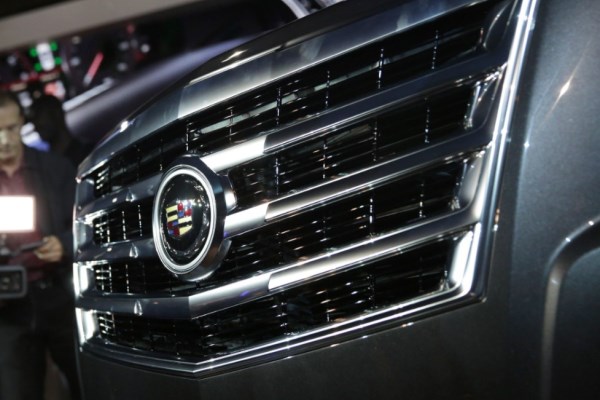Cars and Drivers
Government Auto Bailout: What If Toyota Had Bought GM?
Published:
Depending on which expert does the math, the U.S. taxpayer will lose about $10 billion on the bailout of General Motors Co. (NYSE: GM) once the Treasury’s sell-off of its stock in the auto firm is complete. The debate about the investment pits those who believe the shutdown of GM would have further harmed the economy during the recession against those who believe the federal government has no place helping companies in the private sector. However, there was an alternative. GM could have been put up for sale. Probably, several buyers would have been anxious to take on all or some of GM.
Treasury plans to dump the final 31 million shares it owns, the vestige of its original 61% ownership of GM. In one form or another, taxpayers put a total of just shy of $50 billion into the salvation of the nation’s largest car company.
GM’s problems broke down into two major categories when the question of the bailout first came up. One was that union member wages were too high for GM to sustain. The second had its foundation in GM’s inability to sell enough cars to make money. The recession only made that trouble worse. GM’s bankruptcy put pressure on the unions to negotiate over fat wages and expensive benefits. The sales problem was harder to solve, but the Treasury deal offered GM time to improve products and hope.
The primary argument for a bailout was that the shuttering of GM would cost hundreds of thousands of jobs at a time when the American economy could least afford it. The jobs were not only its own, but also belonged to scores of suppliers. And GM had no alternatives, the conventional wisdom said.
GM did have one thing that was enviable. Even when its sales were at their worst, GM controlled 15% of the American car market. Companies from outside the United States, hungry of more revenue from the world’s second largest market, may well have offered billions of dollars for GM, either as a whole or in pieces. Under these conditions, GM would have gone into Chapter 11 without government help and would have been auctioned off to outsiders based on the bankruptcy court’s decisions. The same court may well have voided union contracts and GM’s financial obligations as a means to draw in buyers.
Certainly, there were several companies that could have paid for most of GM’s assets. First among these were the world’s two other huge car manufacturers — Toyota Motor Corp. (NYSE: TM) and Volkswagen. The recession had hurt their financial status as well, but both had balance sheets that not only kept them in business, but left money to spare to buy strategic assets. GM’s equity holders would never have been made whole, but that was a foregone conclusion before that company marched into bankruptcy court.
An outside buyer would have needed most of GM’s workers and plants, or the chance to keep the company’s market share at relatively high levels would have been severely threatened. The risk of major layoffs would have been relatively low.
GM had alternatives to the government bailout, but the U.S. Treasury was determined to be the lender of last resort. To keep most of GM running, it did not have to be.
Start by taking a quick retirement quiz from SmartAsset that will match you with up to 3 financial advisors that serve your area and beyond in 5 minutes, or less.
Each advisor has been vetted by SmartAsset and is held to a fiduciary standard to act in your best interests.
Here’s how it works:
1. Answer SmartAsset advisor match quiz
2. Review your pre-screened matches at your leisure. Check out the advisors’ profiles.
3. Speak with advisors at no cost to you. Have an introductory call on the phone or introduction in person and choose whom to work with in the future
Thank you for reading! Have some feedback for us?
Contact the 24/7 Wall St. editorial team.